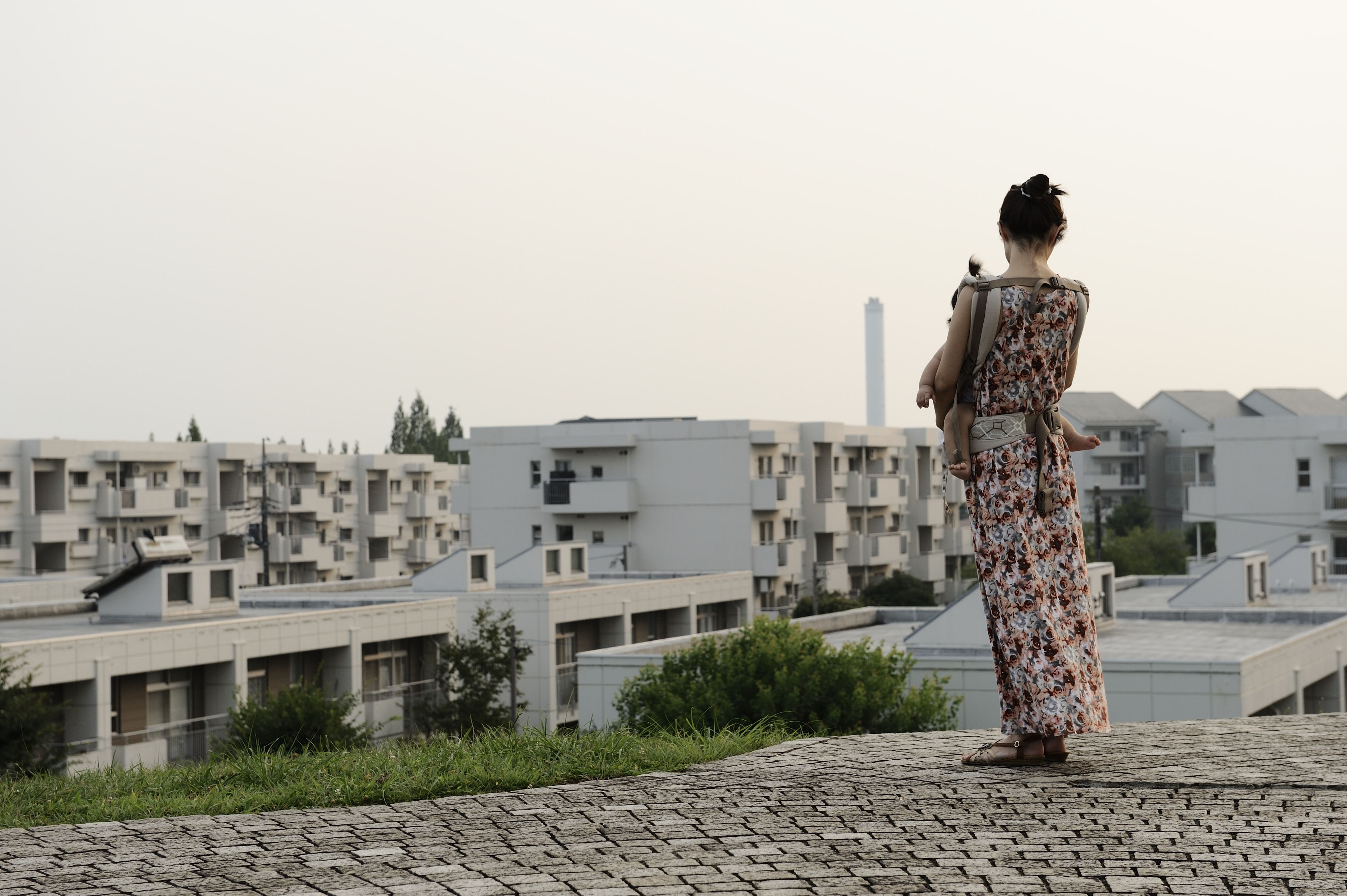After decades of a national conversation about the need for more babies, there is still disagreement as to what sort of measures Japan should take in order to increase its birthrate. The obstacles are financial, social and physiological, and before they can be addressed properly they must be identified as such.
For instance, one of the biggest social obstacles is the institution of marriage, which sounds counterintuitive, since everywhere marriage is considered a prerequisite for having children. But it doesn't need to be. France has one of the highest birthrates in the developed world, and in 2006 the majority of new mothers there were not married. In Japan, the birthrate for unmarried women is almost zero, because the taboo against having children out of wedlock is effective.
But marriage isn't recognized as an obstacle to higher birthrates in Japan, where the media tend to focus on financial barriers. That's why a recent incident in Tokorozawa, Saitama Prefecture, became national news. There, parents are suing the local government over a new rule that says women who take maternity leave must remove any of their children from public day care facilities if those children are less than 2 years old, the idea being that since the mother is at home, she can take care of the child herself. The city says the rule was implemented in order to be fair to couples waiting to get their own children into public day care, but it has been interpreted as discouraging couples from having more than one child. The mayor of Tokorozawa made matters worse by saying that babies naturally want to be with their mothers until the age of 2, a claim commentators have called hyprocritical because infants in day care require more attention, and thus more money, than older children do. The mayor, they claim, is not interested in the child's well-being, only his city's finances.



















With your current subscription plan you can comment on stories. However, before writing your first comment, please create a display name in the Profile section of your subscriber account page.